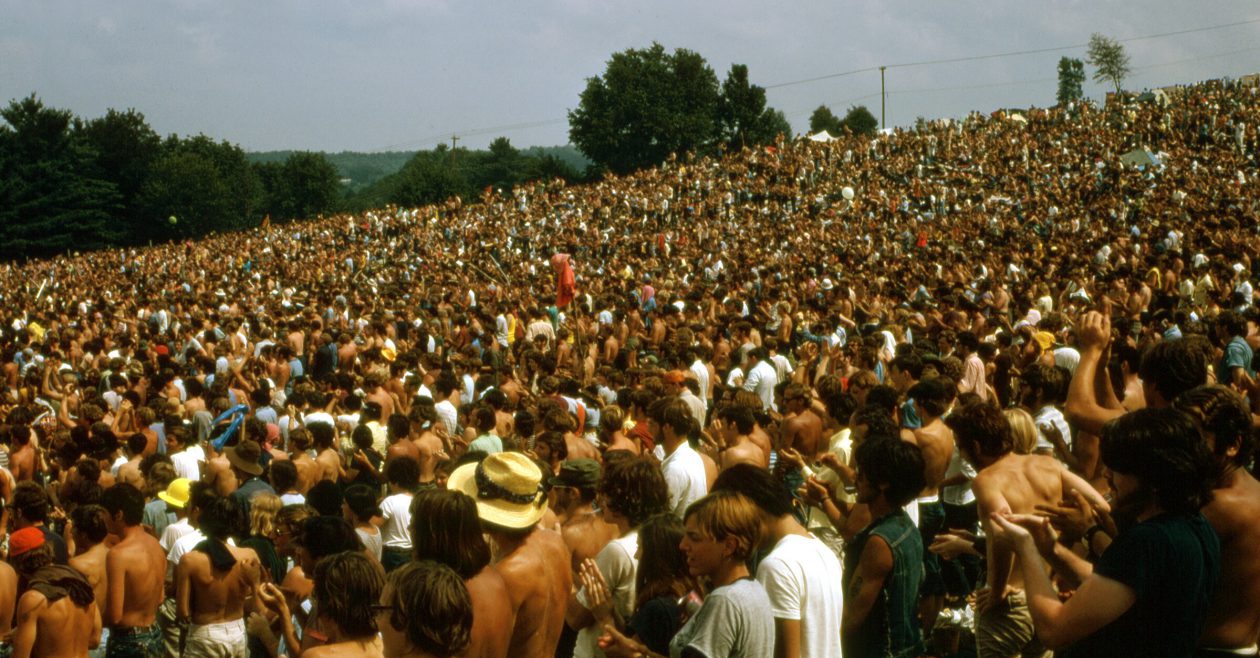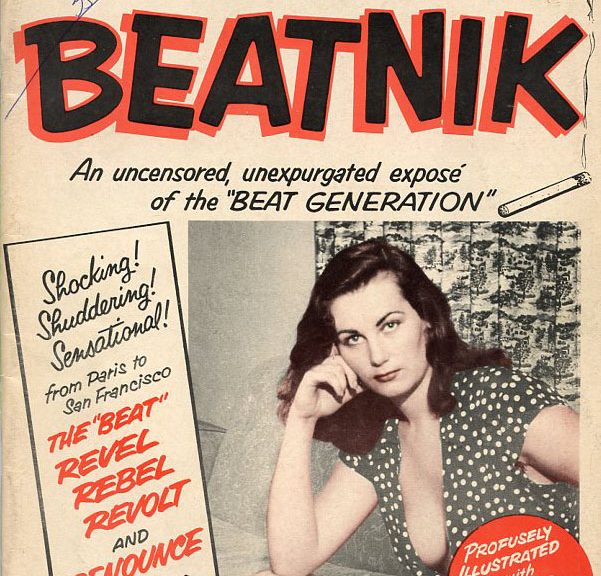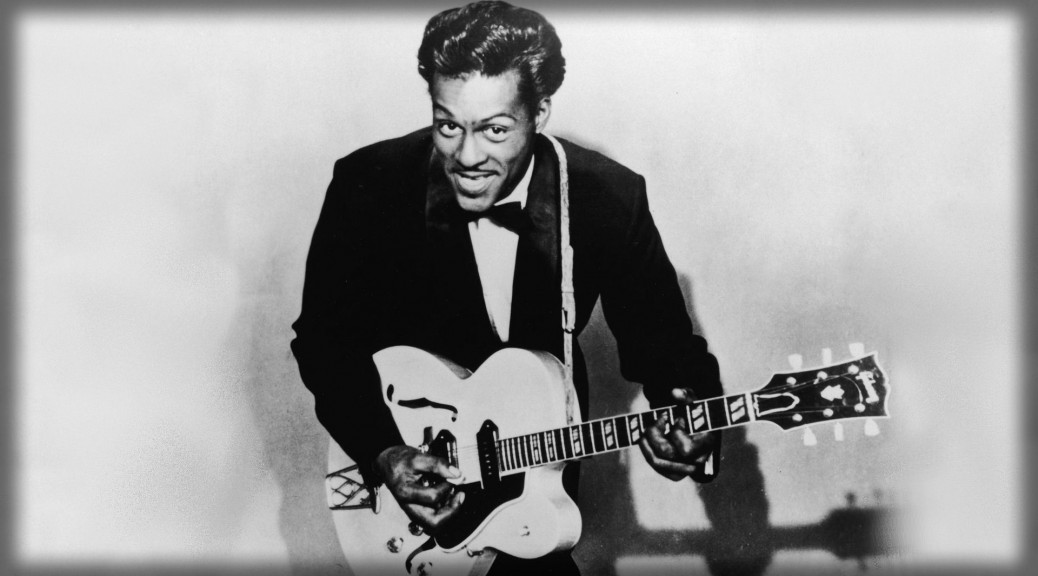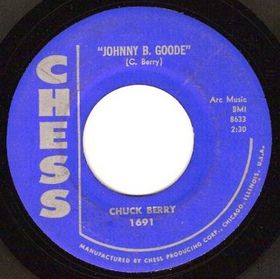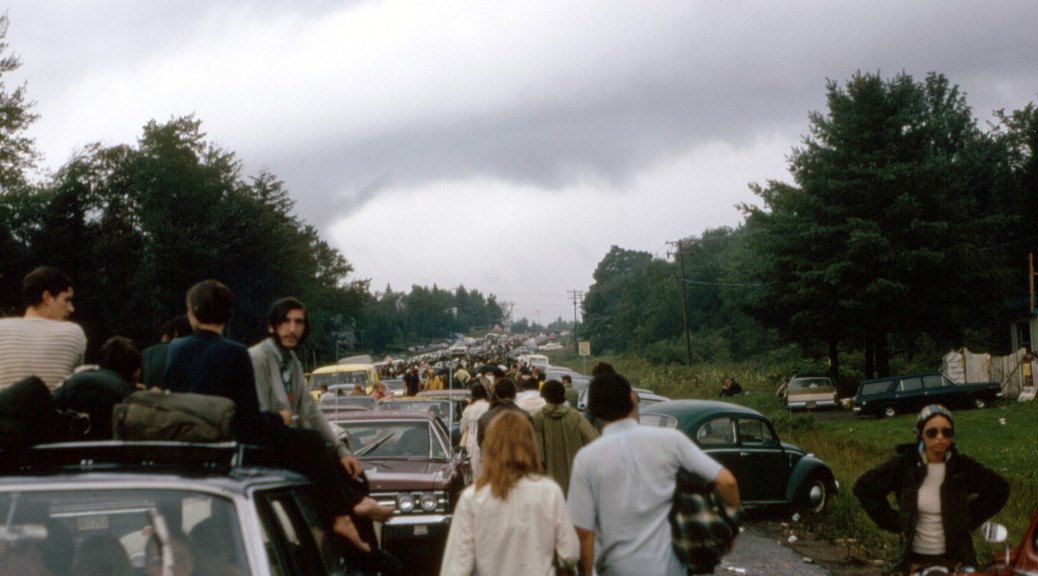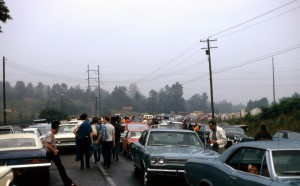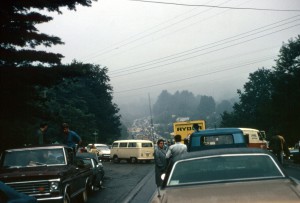Bolsheviks Sputniks Beatniks
April 2, 1958
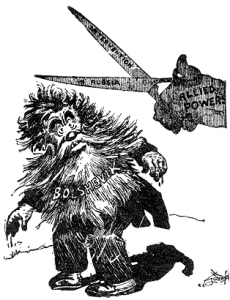
Jack Kerouac Reads from “On The Road”
Bolsheviks Sputniks Beatniks
Bolshevik Revolution
When the Bolshevik Revolution began in 1917, the western economies viewed the uprising as a threat to their capitalistic systems. The Bolsheviks challenged the notion of private property, private business, and personal self-determination.
When the nuclear arms race began after World War II, exemplified in particular between the United State and the Soviet Union, propaganda on both sides successfully demonized their enemy.
We Americans associated the suffix “-ik” with Communism and thus with evil intentions. When Senator Joseph McCarthy announced that he had incontrovertible evidence of Communist infiltration into the government and the arts, he launched hearings through the House Un-American Activities Committee. The Committees hearings and accusations damaged the careers of dozens of American citizens.
A corollary of the US-Soviet arms race was the space race. While on paper it looked like a race to get humans into space, the unspoken government goal was to design a nuclear weapon delivery system.
Bolsheviks Sputniks Beatniks
Sputnik
On October 4, 1957, the Soviets launched Sputnik 1 and Americans had another Communist -ick to hate (NYT article).

Bolsheviks Sputniks Beatniks
The Beats
In reaction to the horrors of World War II and the increasing emphasis of the American Dream equaling American Consumerism (the antithesis of Soviet Communism), some young Americans like Allen Ginsberg, William S. Burroughs, Jack Kerouac, Neal Cassady (future hippie and driver of Furthur), and many others developed a literary view and philosophy that de-emphasized conspicuous consumerism.
They deliberately did not fit in. According to the Wikipedia entry, “Jack Kerouac introduced the phrase “Beat Generation” in 1948 to characterize a perceived underground, anti-conformist youth movement in New York.” Oxford Dictionaries site.
Bosheviks Sputniks Beatniks
Beatnik
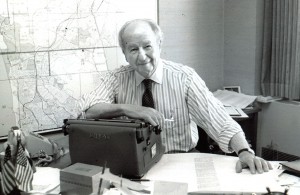
Traditionalists already viewed the Beats with suspicion when Herb Caen, a well-known and popular San Francisco Examiner journalist, published a column on April 2, 1958 in which he wrote, “Look magazine, preparing a picture spread on S.F.’s beat generation (oh, no, not AGAIN!) hosted a party in a No. Beach house for 50 beatniks, and by the time word got around the sour grapevine, over 250 bearded cats and kits were on hand, slopping up Mike Cowles’ free booze. They’re only beat, y’know, when it comes to work.”
The term took hold immediately and the San Francisco Beats, already discriminated against, now carried the additionally negative Communist association.
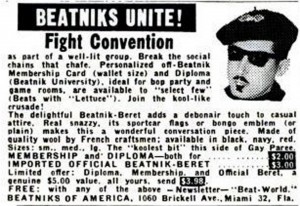 Ever ready to take advantage of a popular coinage, the media was able to convert the negative image of the beatnik into one to ridicule and have fun with. The Halloween costume. The TV show The Many Loves of Dobie Gillis in which Bob Denver played Maynard G Krebs, the lazy air-head beatnik. Denver’s acting career, as successful as it was, never recovered as his even more successful character on Gilligan’s Island is simply the same beatnik without the costume.Beatnik, beatnik, beatnik, beatnik, beatnik, beatnik
Ever ready to take advantage of a popular coinage, the media was able to convert the negative image of the beatnik into one to ridicule and have fun with. The Halloween costume. The TV show The Many Loves of Dobie Gillis in which Bob Denver played Maynard G Krebs, the lazy air-head beatnik. Denver’s acting career, as successful as it was, never recovered as his even more successful character on Gilligan’s Island is simply the same beatnik without the costume.Beatnik, beatnik, beatnik, beatnik, beatnik, beatnik
- Related link >>> Wikipedia entry on HUAC
- Related link >>> Wikipedia entry on Beat Generation
- Related link >>> San Francisco Gate article
